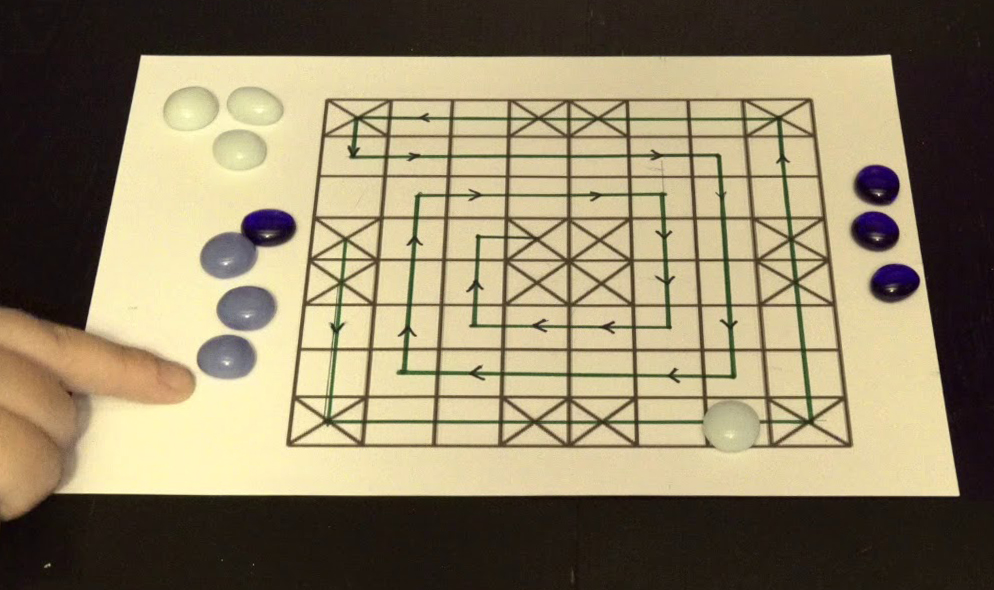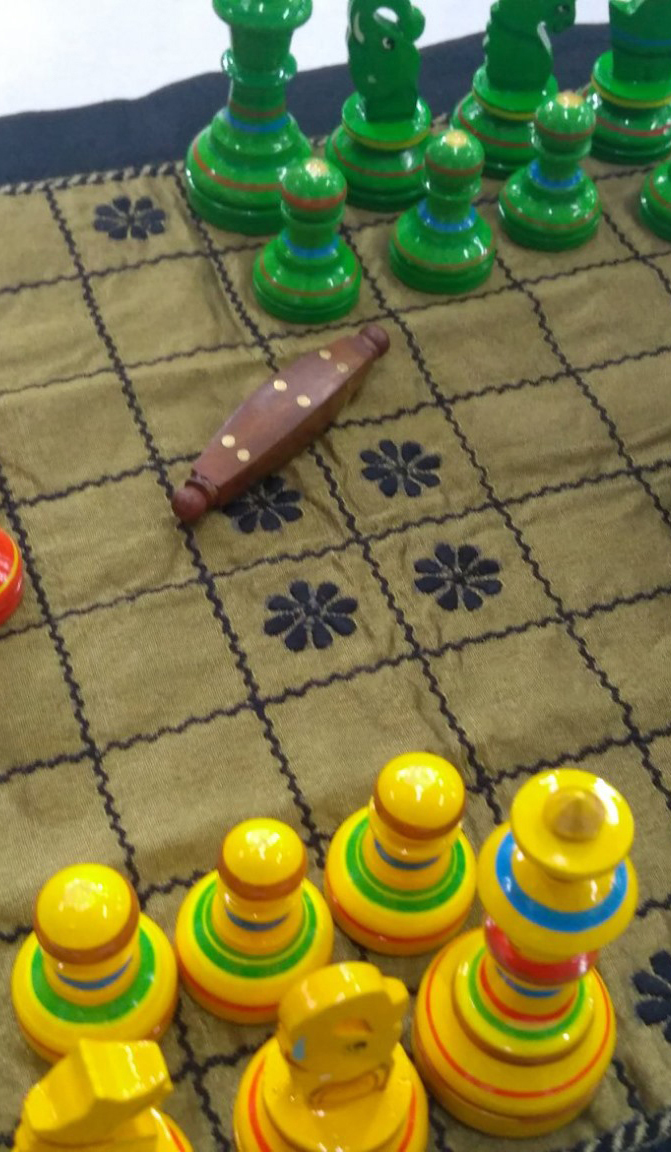Ashtapada
Ashtapada, mentioned in the list of games avoided by Gautama Buddha, stands as one of the oldest known board games with roots dating back to the 6th century B.C. Played on an 8×8 game board, it is believed to be a precursor to Chaturanga and, subsequently, Chess.

Image Source : quora.com
The Vinayapitaka, a sacred Buddhist text from the 4th or 3rd century B.C., outlines activities discouraged for the converted man, including Ashtapada (8×8 gaming board) and Dasapada (10×10 gaming board). A later Jain text, the Suyagadamga, explicitly advises against learning the Ashtapada game. Firdausi’s Shahnama further supports its Indian origin, depicting Indian cavalry units as pieces on an 8×8 board, complete with designated “castles” for safety.
In its early form, Ashtapada was a dice game, and its association with passion and violence may have led to the loss of its original rules. Potentially the first game played on an 8×8 board in India, it holds a significant place as one of the oldest board games in the region.

Image Source : headstreams.org
The board is adorned with special markings known as “castles,” providing safety for pieces during mating with an opponent. Marked spaces denote safety, entry, or exit, with crosscut squares at corners and central squares, accommodating two, three, or four players.

Image Courtesy: Peepultreeworld
Players strive to be the first to enter and exit both pieces through the central squares, movement determined by four cowrie shells. Landing on an opponent’s piece results in its expulsion from the board, requiring re-entry, while meeting on crosscut spaces ensures safety. Despite its ancient origins, Ashtapada’s enduring charm lies in its easy setup and quick play, making it a friendly and competitive game cherished by all ages.
